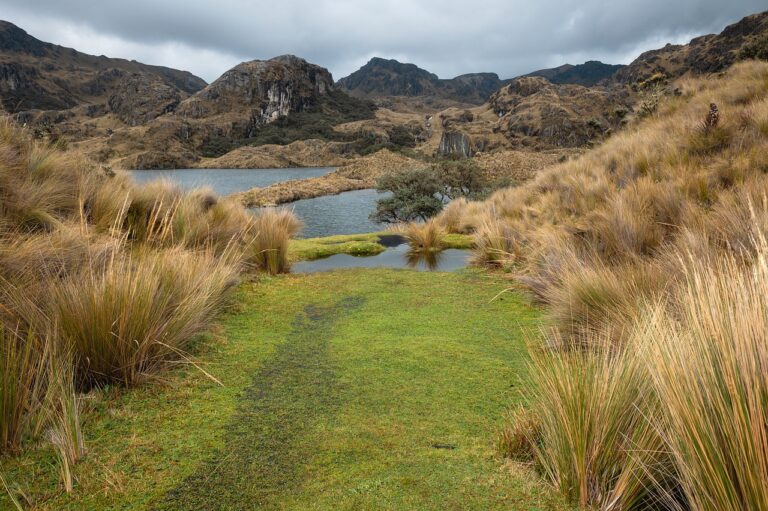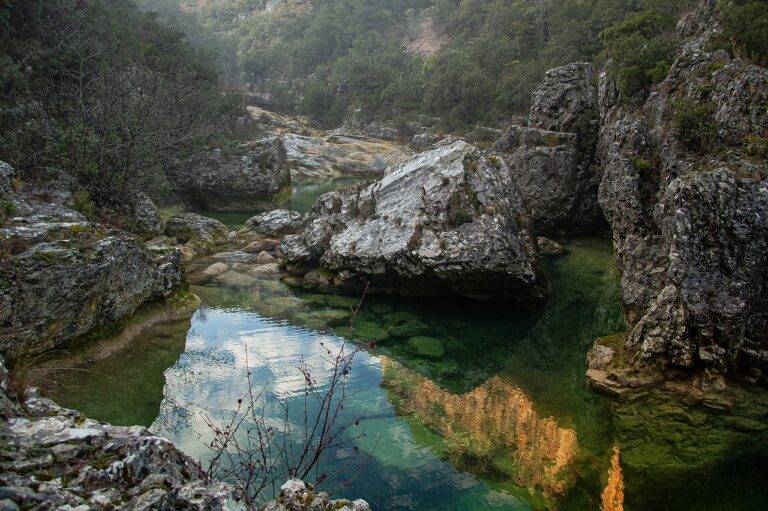The Allure of Volcano Tourism: Exploring Active and Dormant Volcanoes
Volcano tourism is on the rise as more people seek out unique and thrilling experiences in nature. The allure of witnessing the raw power and beauty of a volcano firsthand is a major draw for travelers looking for adventure. The chance to explore volcanic landscapes, observe bubbling lava flows, and feel the rumbling of the earth beneath your feet is a once-in-a-lifetime opportunity that appeals to many.
Additionally, the increasing accessibility of volcanic regions around the world has made it easier for tourists to visit these natural wonders. Improved infrastructure, transportation options, and safety measures have combined to make volcano tourism more feasible and appealing to a wider audience. With the right guidance and precautions in place, travelers can now safely embark on volcano tours to satisfy their curiosity and sense of adventure.
Understanding the Difference Between Active and Dormant Volcanoes
Active and dormant volcanoes are both part of Earth’s dynamic geology, yet they differ significantly in terms of activity. Active volcanoes are those that have erupted recently or are currently showing signs of volcanic activity, such as emitting gases or seismic activity. These volcanoes pose a potential threat to surrounding areas due to their unpredictable nature and capability to erupt at any moment.
On the other hand, dormant volcanoes are characterized by their inactivity, with no recent eruptions or signs of volcanic activity. While dormant volcanoes may appear tranquil on the surface, they are not extinct and have the potential to become active again in the future. It is essential for individuals visiting volcanic regions to be aware of the distinction between active and dormant volcanoes to ensure their safety and understand the potential risks associated with each type of volcano.
• Active volcanoes have erupted recently or are currently showing signs of volcanic activity
• They pose a potential threat due to their unpredictable nature
• Emit gases and show seismic activity
• Dormant volcanoes are inactive with no recent eruptions or signs of volcanic activity
• Not extinct and have the potential to become active again in the future
• Visitors to volcanic regions should be aware of the difference for safety reasons
The Thrill of Witnessing Volcanic Eruptions
Witnessing a volcano erupt is a remarkable experience that stirs a mix of fear and awe in spectators. The raw power of an eruption, with lava spewing into the air and molten rock flowing down the mountainside, is a sight that leaves an indelible mark on those fortunate enough to witness it firsthand. The sound of roaring explosions and the sight of billowing ash clouds create an atmosphere of intensity and drama that captivates onlookers, drawing them into the heart of nature’s destructive force.
In the midst of chaos, there is a strange beauty in the fiery spectacle unfolding before your eyes. The colors of the lava, ranging from glowing reds to deep oranges, create a mesmerizing display that contrasts sharply against the darkened sky. The sheer scale of an eruption, with plumes of smoke rising high into the atmosphere and rivers of lava carving new paths through the landscape, is a reminder of the Earth’s immense power and constant evolution. Spectators are left both humbled by nature’s might and exhilarated by the rare opportunity to witness such a primal and transformative event.
Why is volcano tourism gaining popularity?
Volcano tourism is gaining popularity because of the thrill and excitement of witnessing the raw power of nature in action. Many people are drawn to the beauty and danger of active volcanoes, making it a unique and unforgettable experience.
What is the difference between active and dormant volcanoes?
Active volcanoes are currently erupting or have erupted recently, while dormant volcanoes are currently inactive but have the potential to erupt in the future. It is important to understand the difference before visiting a volcano for safety reasons.
What precautions should be taken when visiting an active volcano?
When visiting an active volcano, it is important to follow all safety guidelines provided by local authorities. This may include staying a safe distance away from the volcano, wearing protective gear, and being aware of potential hazards such as ash fall, lava flows, and toxic gases.
Is it safe to witness volcanic eruptions up close?
Witnessing volcanic eruptions up close can be dangerous and should only be done with proper precautions and under the guidance of experienced professionals. It is important to prioritize safety and follow all guidelines to minimize risk.





